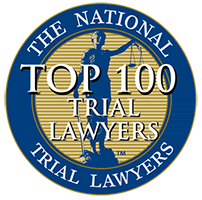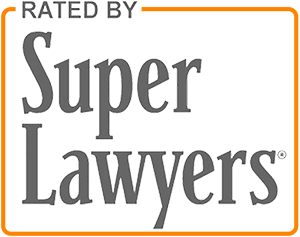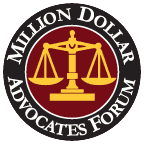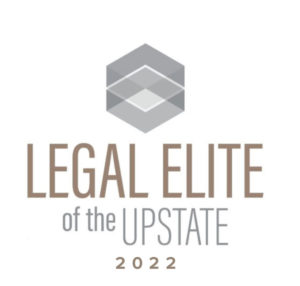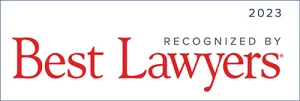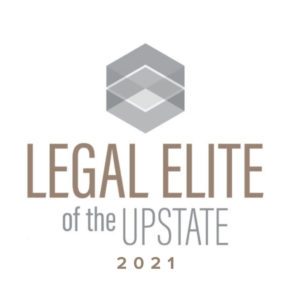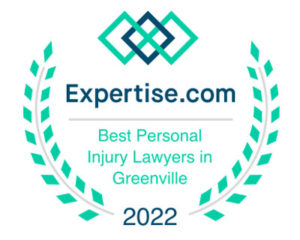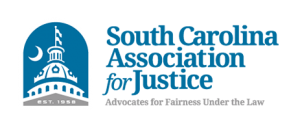Nursing homes often have overcrowding, understaffing and limited resources. Too often, caregivers turn to physical and chemical restraints to manage and control residents. It can be devastating for victims and their families. The use of physical and chemical restraints are regulated by both United States and South Carolina law. When used inappropriately, restraints have the potential to cause great physical and emotional harm. A victim of inappropriate restraint use may have a legal claim for compensation. Our nursing home abuse and neglect lawyers explain laws about physical and chemical restraints in nursing home facilities.
Are physical or chemical restraints allowed in nursing homes?
Physical and chemical restraints may only be used in nursing homes in very limited circumstances. They can be used for brief periods for emergency care. However, a lack of care or care planning cannot give rise to the emergency that necessitates the use of restraints. Restraints are simply not a substitute for appropriate care and supervision.
What laws are there about the use of restraints in nursing homes?
The Nursing Home Reform Act of 1987 prohibits the use of physical or chemical restraints for discipline or for the convenience of nursing home staff.
What is a restraint?
South Carolina nursing home regulations define a restraint as “Any means by which movement of a resident is inhibited, for example, physical, mechanical, chemical.”
Source: Regulation 61-17 – Standards for Licensing Nursing Homes
The United States Health and Human Services define physical restraints in care facilities as “any manual method or physical or mechanical device, material, or equipment attached or adjacent to the resident’s body that the individual cannot remove easily which restricts freedom of movement or normal access to one’s body.”
United States Health and Human Services defines chemical restraints as “any drug that is used for discipline or convenience and not required to treat medical symptoms.”
Source: 42 C.F.R. § 483.13(a), Medicare State Operations Manual
What are some examples of physical restraints used in nursing homes?
Examples of physical restraints in nursing homes are:
- Putting a bed too close to a wall
- Locking a person in a room
- Restraining vests
- Hand mitts
- Belts that restrict
- Leg restraints
- Arm restraints
- Lap cushions
- Soft ties
- Side railings to stop someone from getting out of bed
- Trays, tables, and bars used with a chair to restrict movement
What are some examples of chemical restraints used in nursing homes?
Examples of chemical restraints used in nursing homes are:
- Benzodiazepines
- Lorazepam
- Midazolam
- Antipsychotics
- Butyrophenones
- Phenothiazines
Why are physical and chemical restraints harmful in nursing homes?
The use of physical or chemical restraint is extremely harmful for multiple reasons:
- It interferes with the victim’s dignity and their right to determine their own medical care
- Restraints cause extreme emotional suffering and mental anguish
- The inappropriate use of restraints greatly increases the risk of negative outcomes for those in nursing home care
- The victim is not able to live to the full extent of their well-being and quality of life
Physical and chemical restraints may only be used with extreme caution. If there are medical causes of dangerous behavior, the medical causes should be addressed rather than simply turning to restraint use to manage the resident. Caregivers must create a care plan and continuously evaluate it to determine whether the patient is a serious risk to themselves or others. Whenever possible, the resident and their guardian should be involved in care decisions.
How do you investigate physical and chemical restraint use in a nursing home?
When our nursing home abuse and neglect lawyers investigate physical or chemical restraint use, we ask many questions:
- Did the facility follow a systemic process to create and evaluate a care plan prior to using restraints?
- To what extent did the restraint use carry a potential for negative and declined outcomes in patient care?
- Was a created plan properly implemented?
- What medical symptoms prompted the use of restraints?
- Are the symptoms caused by a failure to meet the care needs of the resident?
- Can the medical problems that created the risks be eliminated or reduced?
- Did the resident or their guardian make an informed choice about the use of restraints?
- Has the facility made efforts to eliminate the use of restraints?
- How has the victim been harmed by the use of restraints?
If you or a loved one has been harmed by the use of restraints in a nursing home, or if you’re concerned about the care you or your loved one have received, we invite you to contact the Bobby Jones Law nursing home abuse and neglect lawyers for a confidential consultation regarding your claim.



